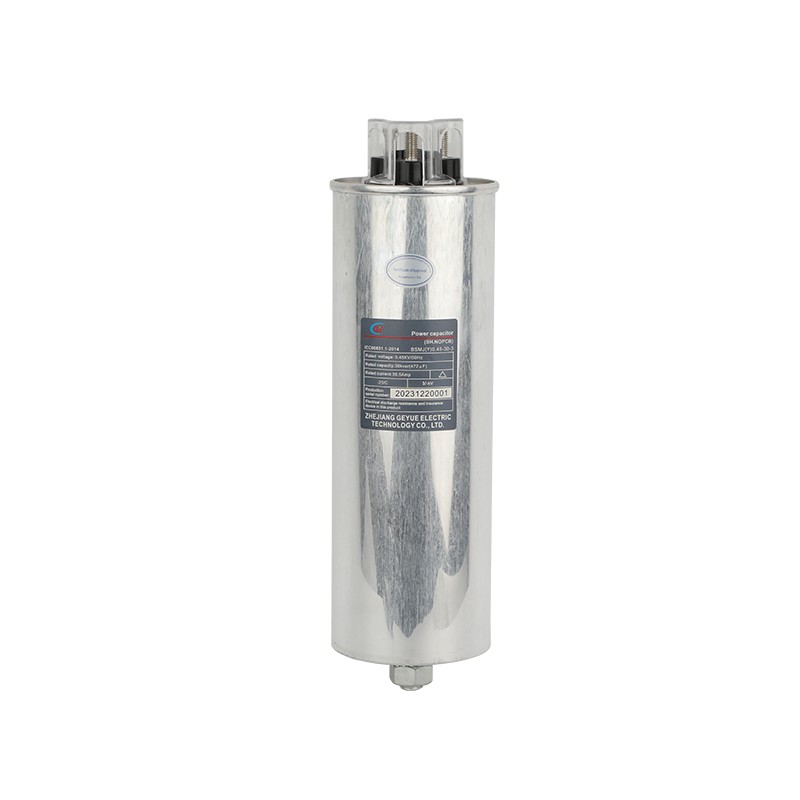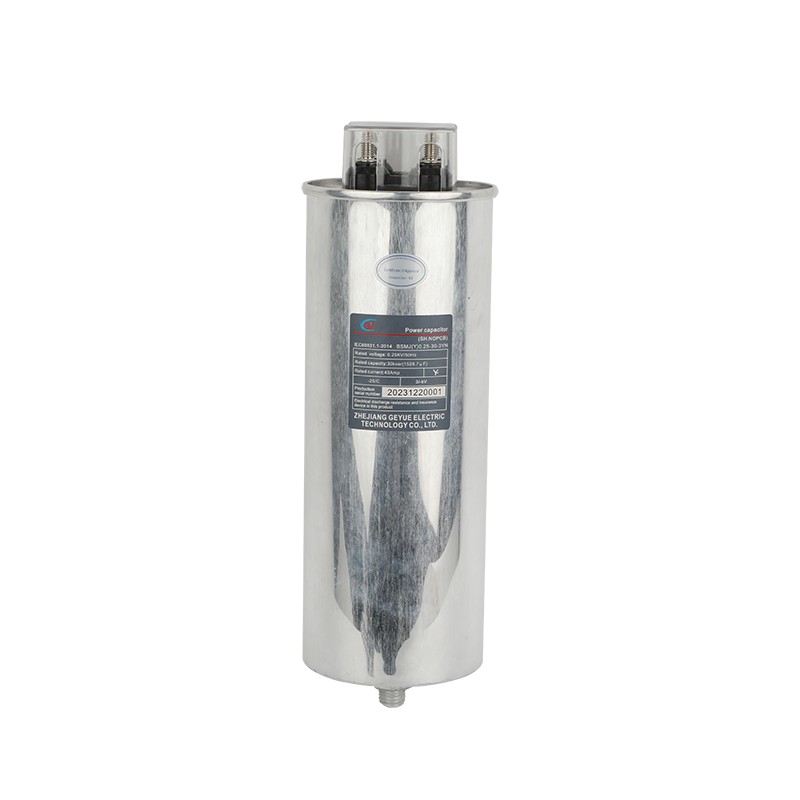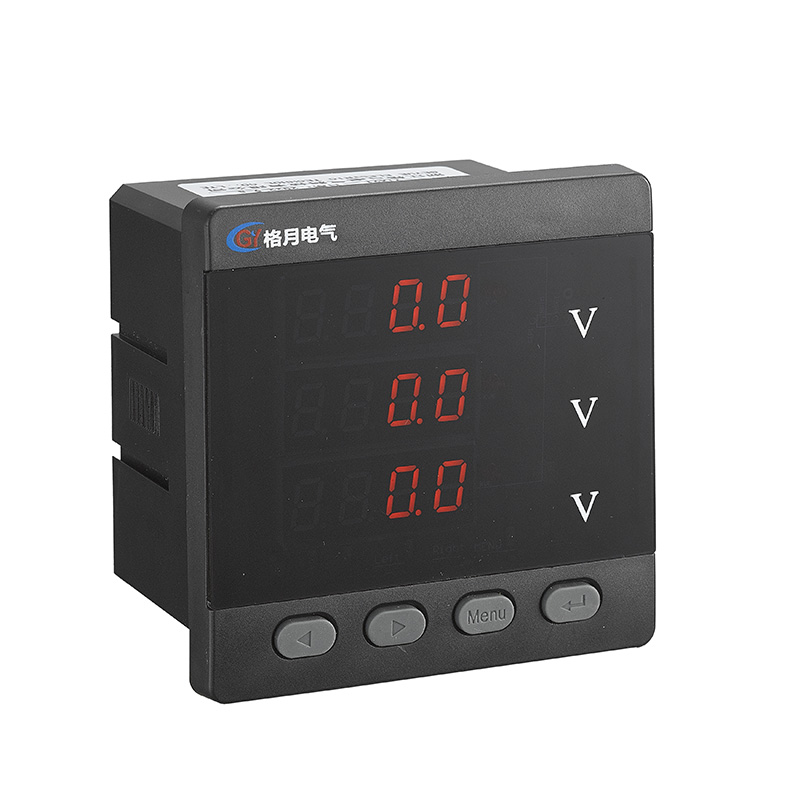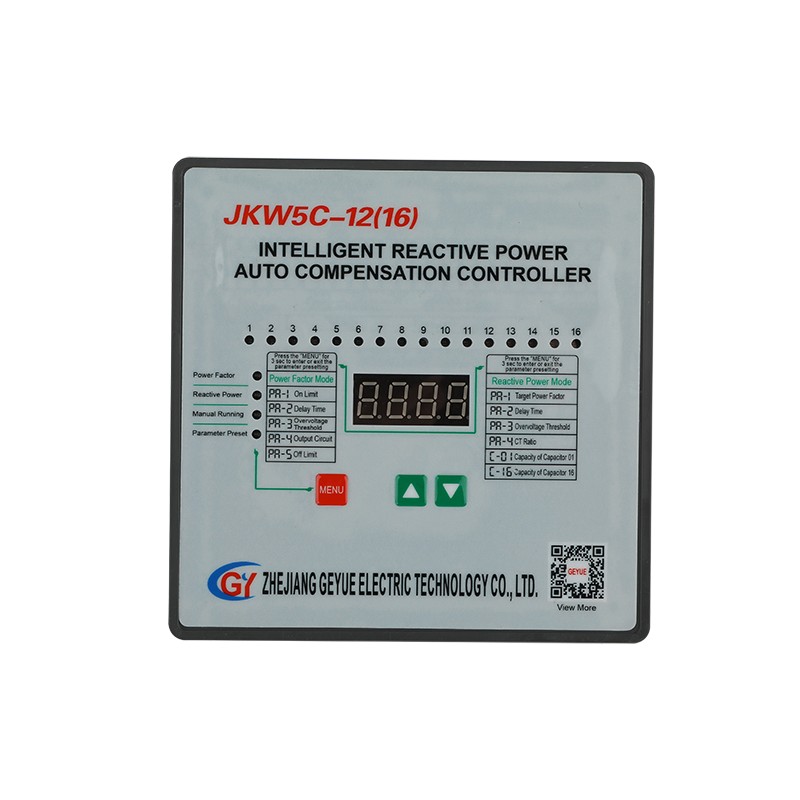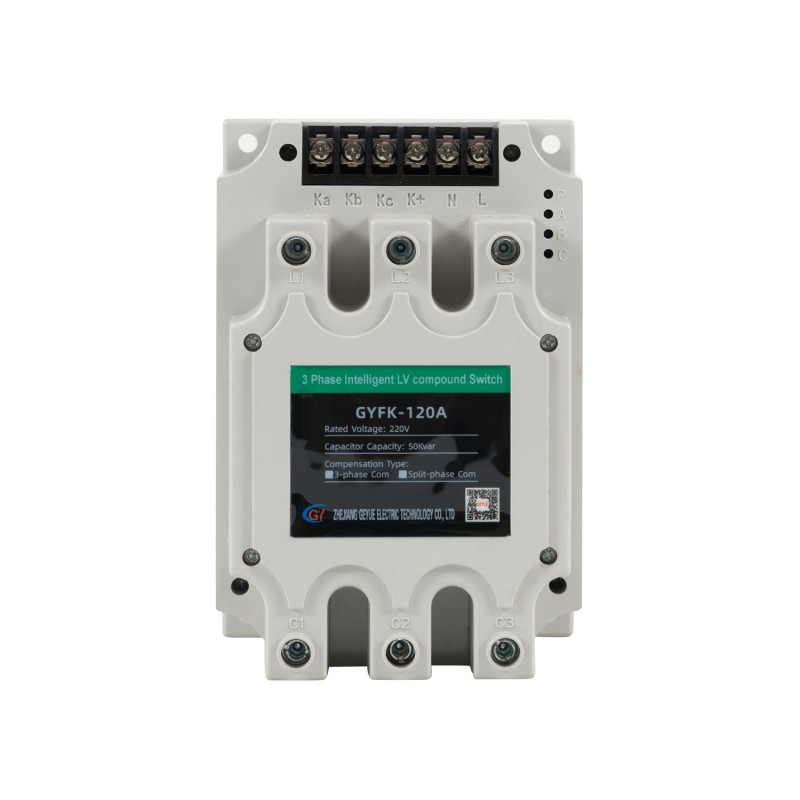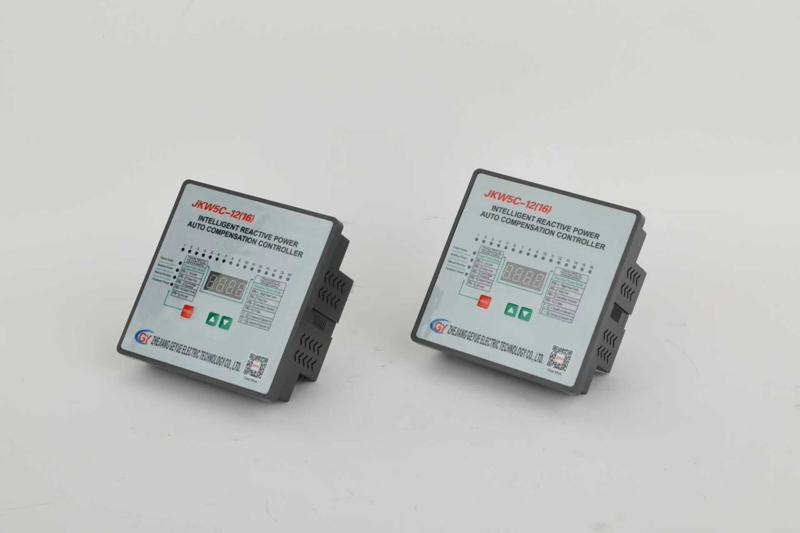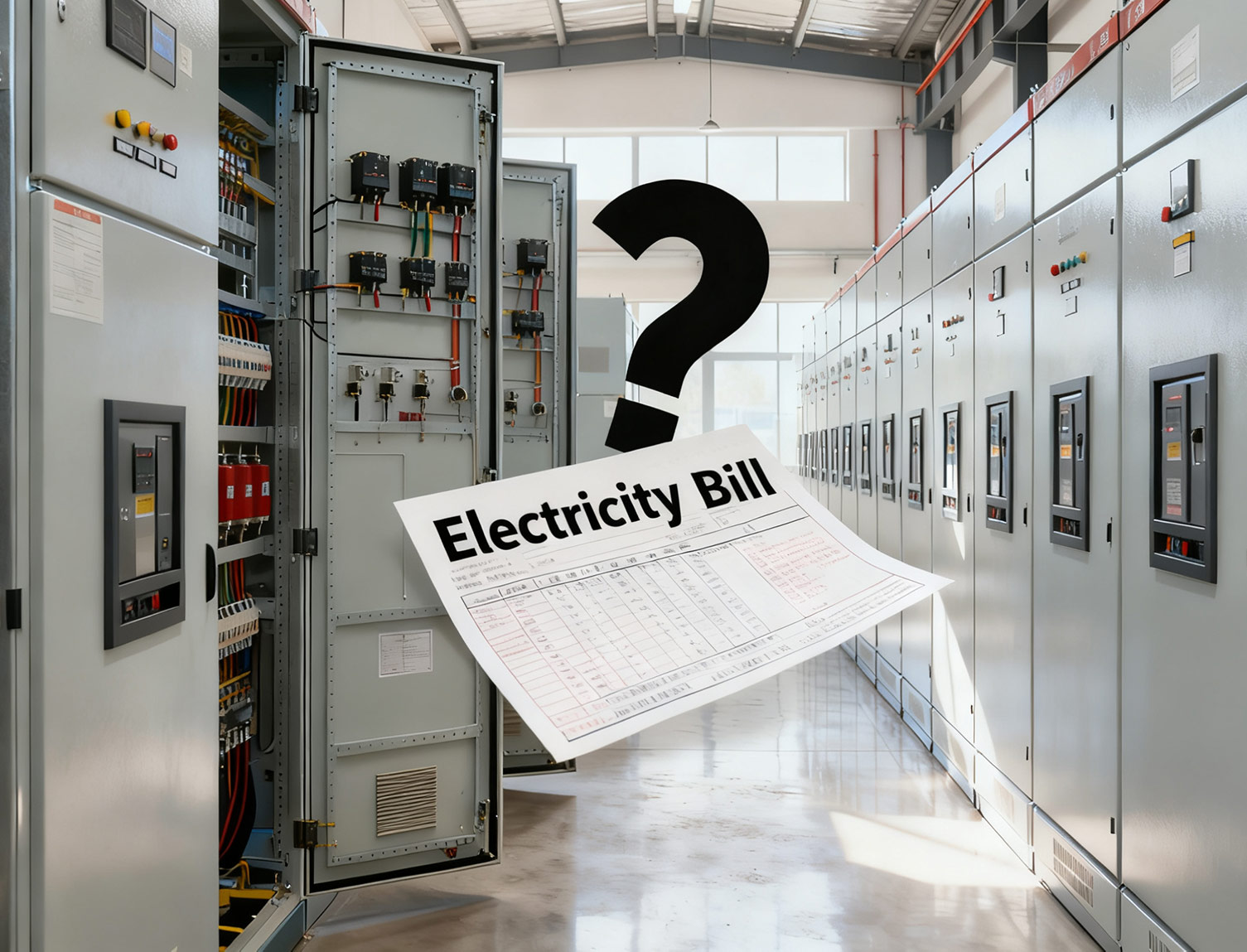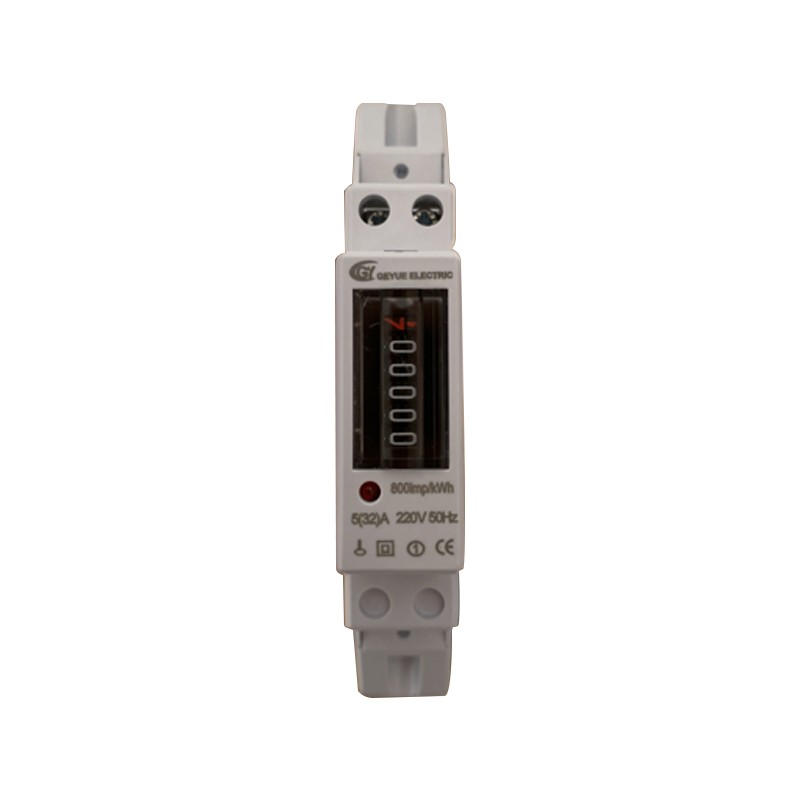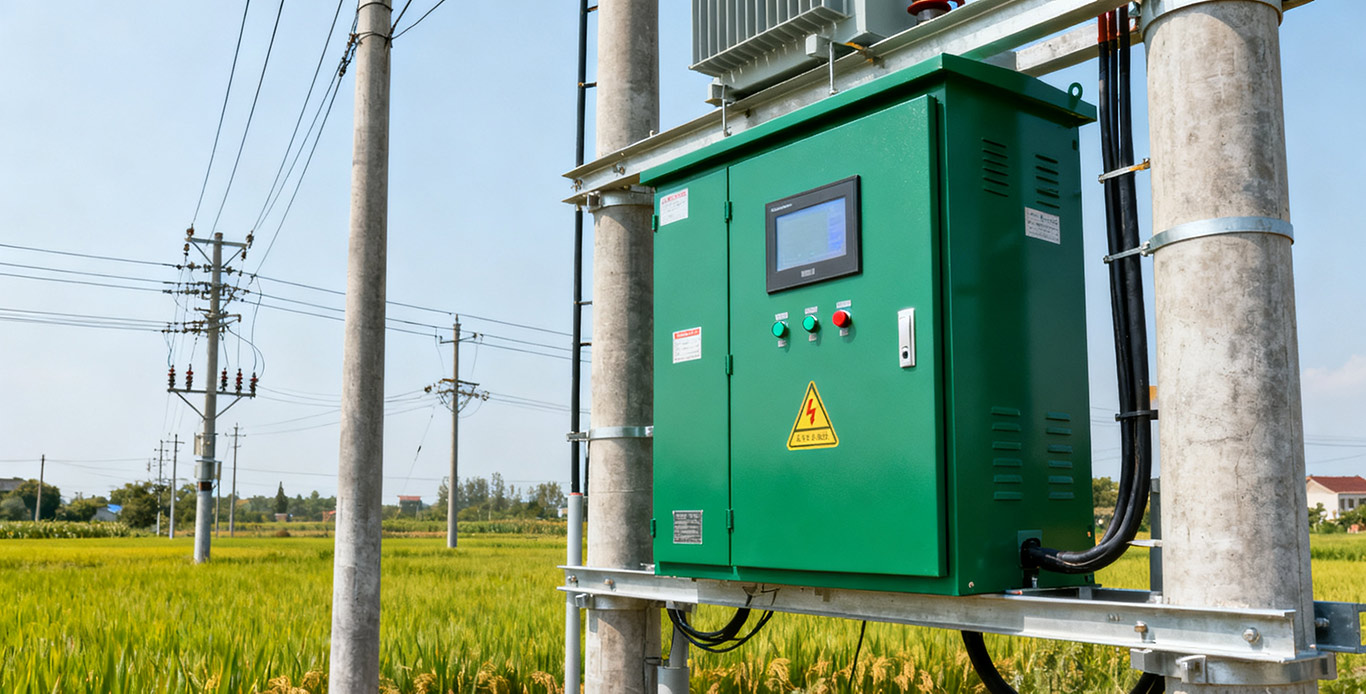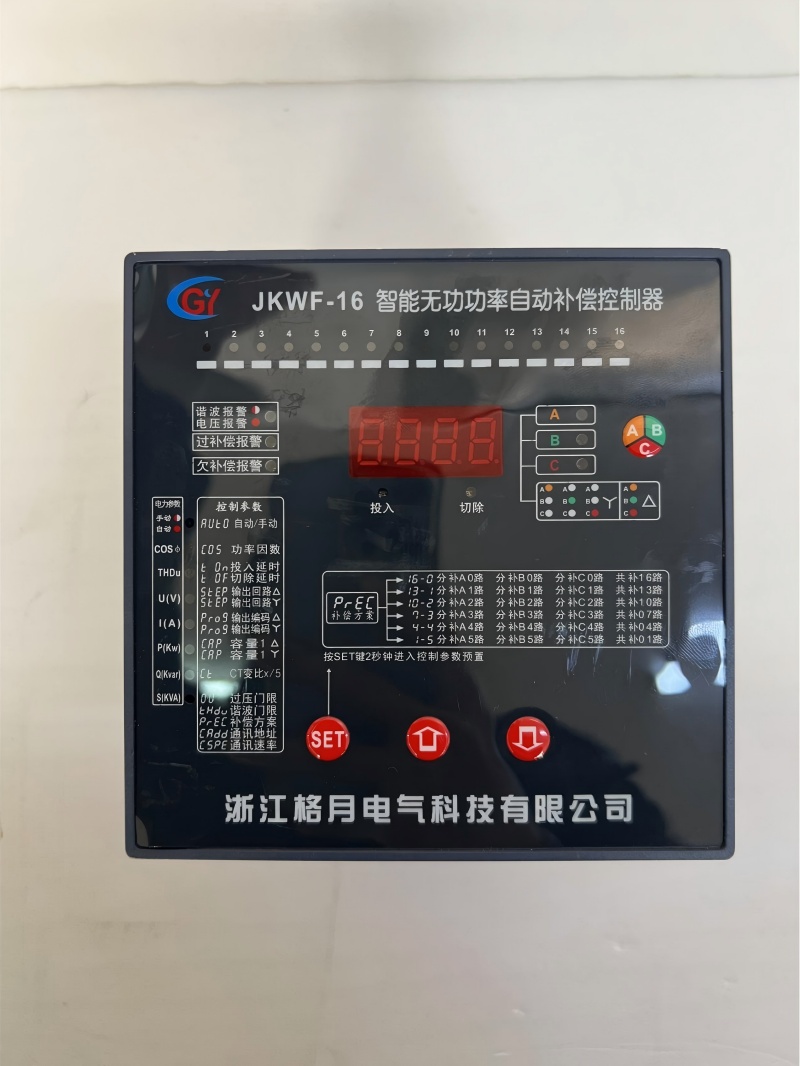Reactors in low voltage compensation cabinets: Necessary equipment or extra cost?
Does the compensation cabinet in your factory often burn out the capacitor? Or the measurement found that the harmonics of the power grid are too large, and even the switch can be seen sparking when the capacitor is switched on and off. The reason for the damage to the capacitor may be the lack of a series reactor. Because in a 400V power grid, there are two disadvantages when the capacitor is directly connected to the power grid. One is that the impact current will reach its peak at the moment of power-on, which is easy to burn the switch connector. The second is that the harmonic current is too large, which will cause the capacitor to heat up seriously or even burn. Equipped with a reactor with appropriate parameters can effectively solve these two problems. This article will explain whether the reactor is a necessary equipment by describing the working principle of the reactor, the role it plays in the compensation cabinet, and the actual operation effect.
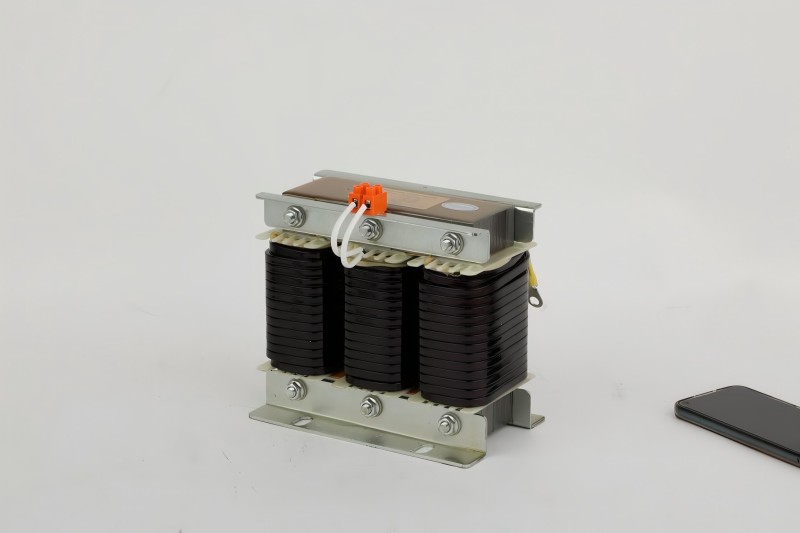
Working principle of low voltage series reactor
The reactor is composed of an iron core and a coil, which is connected in series in front of the capacitor of the compensation cabinet. When current passes through the coil, the iron core will generate a magnetic field, which can resist the change of current. At the moment the capacitor is energized, the current will suddenly increase, and the magnetic field will generate a reverse force, thereby limiting the impact current to a safe range. When high-frequency stray current is generated in the power grid, the coil will generate a stronger resistance, causing the current to be converted into heat and consumed. Through these operations, the capacitor is protected from the impact of excessive current and damage from overheating.
The role of reactor in compensation cabinet
As mentioned in the working principle above, the reactor can suppress the huge current generated by the power capacitor when it is energized to within 10 times the normal value, protecting the switch contacts from melting and welding. This function is to prevent the equipment from burning when it is turned on. Another function is to intercept high-frequency noise. These two functions of the reactor can extend the life of the capacitor. The capacitors in the compensation cabinet without the reactor may be scrapped in 2 years. After being equipped with the reactor, the compensation cabinet can be used for more than 8 years, which greatly reduces the maintenance cost. These two functions cannot be replaced by other components. The compensation cabinet without the reactor will inevitably be burned when it is turned on or the capacitors will be damaged in batches, which reflects the necessity of the reactor.
How to choose a suitable series reactor
To choose a suitable reactor, there are two main aspects: one is to choose the appropriate reactance rate, and the other is to choose the appropriate current-carrying capacity.
Reactance rate refers to the resistance strength of the reactor to high-frequency current. If it is a machine in a factory, such as a machine tool, injection molding machine or other equipment, or photovoltaic power generation, then choose a reactor with a reactance rate of 7%, because it can block the 250Hz high-frequency harmonics generated by these equipment. If it is a large LED screen in a shopping mall, a centralized computer power supply or a charging pile device, then choose a reactor with a reactance rate of 14%, because it can block the 150Hz harmonics generated by these equipment.
In addition, it is necessary to choose a suitable current capacity. The current allowed to pass through the reactor needs to be greater than 1.35 times the rated current of the capacitor. Because in actual operation, the harmonics in the power grid will increase the total current, and sufficient margin must be reserved to avoid overload and burning of the reactor coil.
In short, choose 7% for factory machines and 14% for LED screens. The reactor current is equal to the capacitor current multiplied by 1.35. After assembly, touch the reactor casing. If it is not hot for more than three seconds, it is qualified.
Actual operation effect
When the compensation cabinet of the pump factory was not equipped with a reactor, the operating temperature of the capacitor was as high as 85 degrees Celsius, exceeding the national standard of 70 degrees Celsius. Nearly 40% of the capacitors would burn out every year. After installing a 7% reactor, the temperature of the capacitor dropped to around 55 degrees Celsius, and the proportion of harmonics in the power grid dropped from 19% to 6%. The service life of the capacitor was extended from an average of two years to more than eight years. This change made the equipment run more stably and saved maintenance costs.
- What Role do Reactors Play in Modern Power Systems?
- Can Capacitor Switches Become Key Equipment in the Smart Grid Era?
- How Has the CJ19 AC Contactor Become a Reliable Choice for Capacitor Switching?
- Can Cylinder Self-healing Shunt Capacitor Become the Ideal Choice for the Smart Grid Era?
- Apart from Saving Electricity Costs, What Value does Low-Voltage Reactive Power Compensation Bring to Enterprises?
- How does the Temperature Dependence of a Capacitor's Capacitance Value affect the Tuning Point of a Detuned Filter Circuit?

